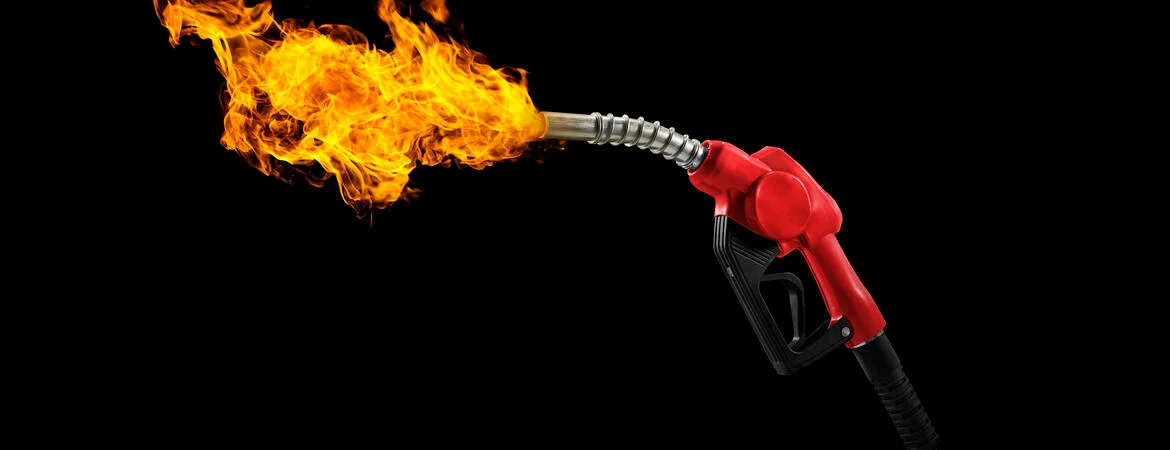Chemical engineers in California discovered a fire-safe fuel that can only be ignited via electric current.
When normal fuel combusts in flames, it’s not the liquid that burns, it’s the vapor. The molecules hovering above the liquid can come into contact with oxygen and flame, making any normal fuel catch fire extremely quickly. However, removing the oxygen would nullify the fire, however, this is extremely difficult to do without an engine.
“The fuel we are normally using is not very safe. It evaporates and can ignite-and it’s difficult to stop that,” said Yujie Wang, a chemical engineering doctoral student at the University of California Riverside who co-authored a paper on the new fuel. “It’s much easier to control the flammability of our new fuel and stop it from burning whenever we remove the voltage.
The base of the new fuel is an ionic liquid, which is a form mainly consisting of liquified salt. “It is similar to the salt we use to flavor food, which is sodium chloride,” Wang stated. “The one we used for this project has a lower melting point than table salt, low vapor pressure, and is organic.”
Inside of a lab, a scientist decided to replace the chlorine dioxide with perchlorate, then they tried to ignite it with a lighter, but it did not catch fire.
“If you throw a match to a pool of gasoline on the ground, it’s the vapor of the gas that’s burning. You can smell that vapor and instantly know that it’s volatile,” said Prithwish Biwas, UCR chemical engineering doctoral student who is the author of the paper published in the Journal of the American Chemical Society. “If you can control the vapor, you can control whether the fuel burns.”
One of the strange properties that this new fuel has, is that it can be mixed with standard, conventional fuel, and still be used the way it does on its own.
The new Ionic fuel could, theoretically, be used in any type of vehicle, and the team filed for a US patent, however, there are still too many questions and not enough answers to be considered for a patent. First, the fuel would have to be tested in various types of engines, and efficiency must still be determined.
There are several areas to research, however, the team is excited that they made a new fuel that can prevent the accidental ignition of unintended fires.








